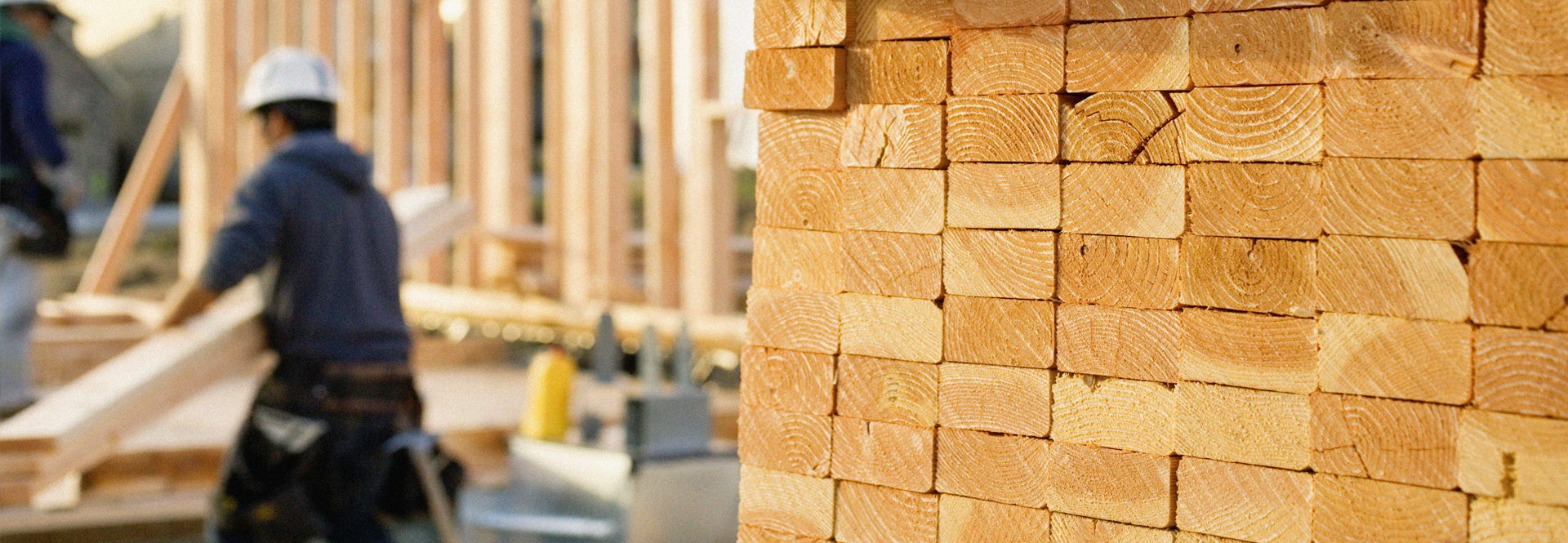“Common sense makes it quite clear that human fallibility is the issue when it comes to safety – not wood”
Some materials are inherently dangerous – think asbestos, for example. But timber is not one of them.
However, wood’s safety is an issue of debate following the Grenfell Fire tragedy. Quite rightly, the public want to know what caused the fire – is the material to blame? In a recent opinion piece, John Park, chairman of the Wood Technology Society, demonstrates that it is not.
As Mr. Park notes, the tragedy highlighted numerous issues– but the use of timber is not responsible for any of them. Rather, it is human fallibility that is to blame. He writes:
“Wood is a complex and paradoxical material with properties in relation to fire which make it suitable for both fire wood and fire doors […] without a heat source to sustain combustion, wood does not burn. To condemn the use of wood because of a catalogue of errors, none of which were attributable to it would be absurd.”
Grenfell is hardly the first time we have witnessed calamitous infernos. The Great Fire of London in 1666 – a time when wood was the principle building material used in house construction and straw was often used for roof covering – resulted not in the banning of timber – but in more sensible regulations. In this case, that meant establishing a legal requirement that houses should be built a certain distance away from one another.
It is vital to recognise that there is nothing in this world which is entirely risk free. Bridges built of concrete, tarmac, and steel can collapse unexpectedly, as we saw in another recent tragedy when the Genoa Bridge in Italy collapsed last month, killing 43 people. To ban these materials, however, would be ridiculous.
Timber has many good qualities. It’s sustainable, and growing more of it helps to absorb carbon dioxide from the atmosphere, hence the Intergovernmental Panel on Climate Change champions it. It has a long history of creating beautifully crafted buildings. And, as we have recently discussed on this very blog, it has proven benefits for health and wellness.
We need to exercise common sense when it comes to the use of timber, and realise that the danger comes not from the material itself – but from human error.

